Was the PM's India Visit Worthwhile?
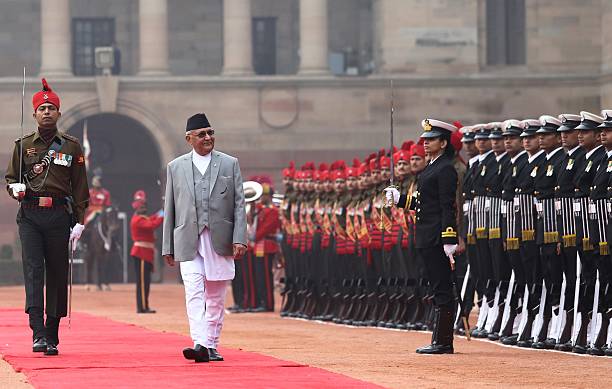
Snobbish intellectual extravaganza erupted, all of a sudden, across the editorials and the oped pages of the sizable number of the diversified Nepalese media as PM Oli concluded his 3-day India visit. They had, first, elevated a question, "Will he visit India first or China?", before the visit.
With the same fashion, the post-visit media slurry either attempted to plaster the already perforated images of their competency or put another query forward, "He can be a good level player but can he balance the Sino-Indian sway over Nepalese affairs?"
Whatsoever, PM Oli could not resist the unremitting bidding to visit India first by sharp-witted Indian Prime Minister N D Modi.
Hence, the predominant reason why Oli opted India for his first foreign visit, as one of the high brasses of his organization quoted as saying "his visit was to calm down the rising worries of state of India” owing to the afresh Indian allegation that “China-leaning Nepalese foreign policy approach and the failure of India’s South Asia affairs”.
Mr. Oli became successful in answering the potential queries of the elites in the intellectual and academic circles of both of the countries with the single sure shot act of visiting India since hardly anyone was there to believe that Mr. Oli would possess the faintest idea of visiting India as the executive head of the state.
The obvious plausible reason was that he had stood firm for decrying the Indian-sponsored blockade imposed upon Nepal as his government turned the deaf ear to the suggestive measures from the southern neighbor for drafting the Nepalese constitution with pro-Indian fervor with the pretext that the Madheshi people might be deprived by the entire basic rights of the citizens of Nepal.
He, rather, accelerated the pace of the passing every article of the most esteemed and most awaited Constitution of the country in the Parliament, and pushed further to promulgate it right away.
Certain section of the Madheshi community also staged their criticism against such move of the government however the Indian side subtly engendered the circumstances in which it could save face in front of the international community even despite covertly executed embargo.
From the date of the promulgation of the Nepalese Constitution in the autumn of 2015, he has been manifesting the seemingly veritable but essentially hollow nationalistic image practically good for the electoral campaigns to rig the votes—the most popular thing to be done for hoarding the mass supports as the signature pork barrel politics, he could cash for the electoral victory last year. His nationalistic commitments and the electoral promises transpired to be a pack of deceitful pledges which have badly impaired the soul of the common people.
Besides, they also have become crestfallen due to his discernible disinclinations to vigorously put forward the pivotal concerns of Nepal during his visit to India. The people of Nepal had expected that their Prime minister would influence the other party with diplomatic tactfulness on their behalf.
This visit, in fact, could not achieve any tangible goals. Rather, both India and Nepal could strike the mutually profiting deals. Instead, it turned to be a worthless journey. The entire events held during the visit were subtly whispering a single slogan “Getting India act for the well-being of Nepal and her people is as senseless act as it is to herd cats”. The pompous receptions organized at Seven Race Course or Raisina Hills and the antiquated Hyderabad House dinners have hardly felt the bouts of woes of the people who have been victimized ever since the day one of the India Nepal Treaty of Peace and Friendship 1950 endorsement.
It has, of course, been manifested through the dozens of India-funded projects in Nepal which have intentionally been kept incomplete or postponed indefinitely. The India-Nepal railway connectivity is not a novel agenda—the British India had proposed it more than a century ago.
The border or custom annoyances have become the greatest pain for the Nepalese farmers in the process of exporting their agro-products to the overseas via Indian ports. The goods bound to Nepal embarrassingly undergo sufferings of the same characters—pitiful reluctance of the Indian officials for promptly execute the administrative rituals in the ports and the customs. The point often overlooked during the visits of such levels are the Left Alliance agenda that included the revision of the Nepal and India Treaty of Peace and Friendship 1950, resolving the border disputes in Kalapani and Susta, the DPR of the Pancheshwar Multipurpose Project, and many other trade related issues which hardly won the space across the bilateral talks or joint press statements.
Not to mention, neither parties looked alarmed by the monsoon havoc that every year ambush the people in Terai bordering India—the dams constructed by India along the Nepal-India international borders cause the inundation in Nepalese territory making three-fourth of the Nepalese people dwelling in the plain homeless. The most compelling case is the steep rise of the Nepalese trade deficits with India which has already reached around ten billion US dollars. The water sharing of the Koshi and the Narayani rivers for the irrigation purpose in Nepalese farmers' plots, has not been implemented properly due to the Indian administrative hurdles.
All things considered, the Nepalese delegations should not have missed the opportunities to alter the conventional functions–both, the host and the guest, could not replace the customary rituals of hollow gatherings with some diplomatic breakthrough. It must be remembered that there are multiple evidences that strong enough to get convinced that India always suspends the decisions regarding the crucial issues related to Nepal so that Nepal remains in the persistent socio-economic distresses with the underlying vicious circle of poverty. The more unstable Nepal, the easier it would be for India to push Nepal further from bad to worse. No one but the far-sighted Nepalese leaders with sheer sense of integrity only can take on the influx of the tenuous circumstances from bringing Nepal back to the track of peace, stability and socio-economic affluence sooner.


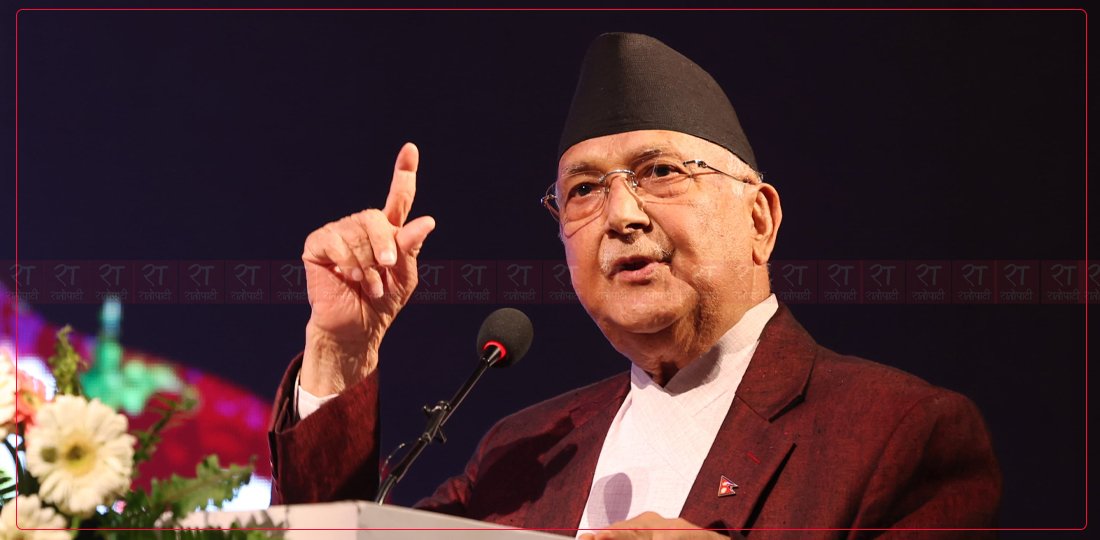
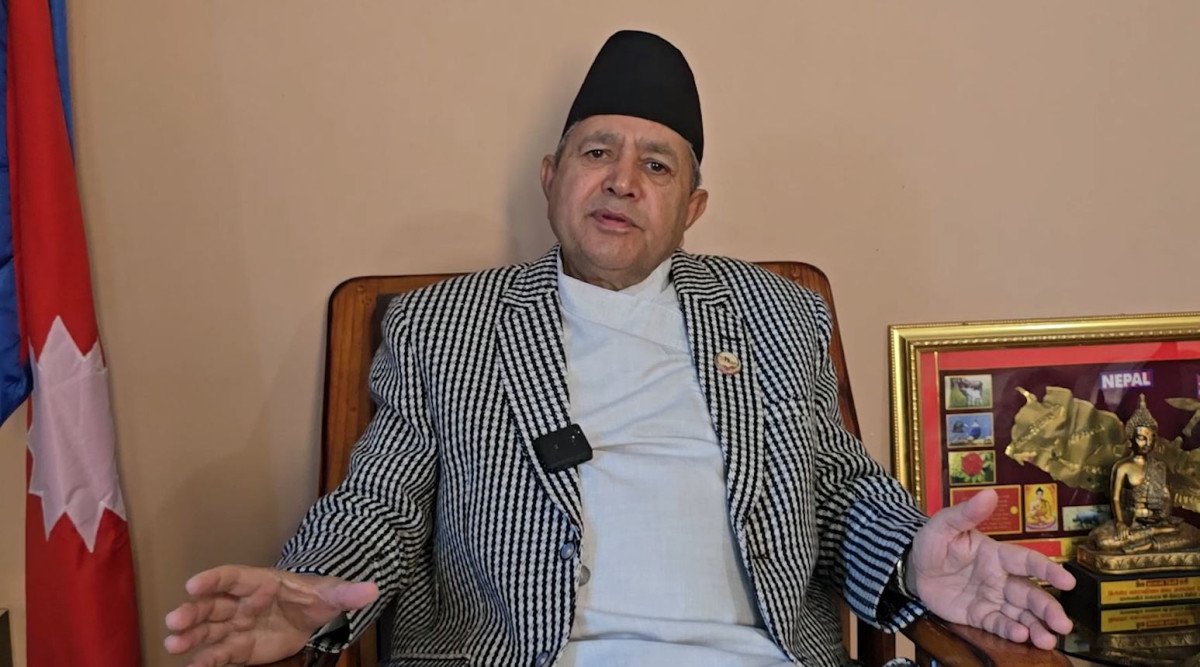
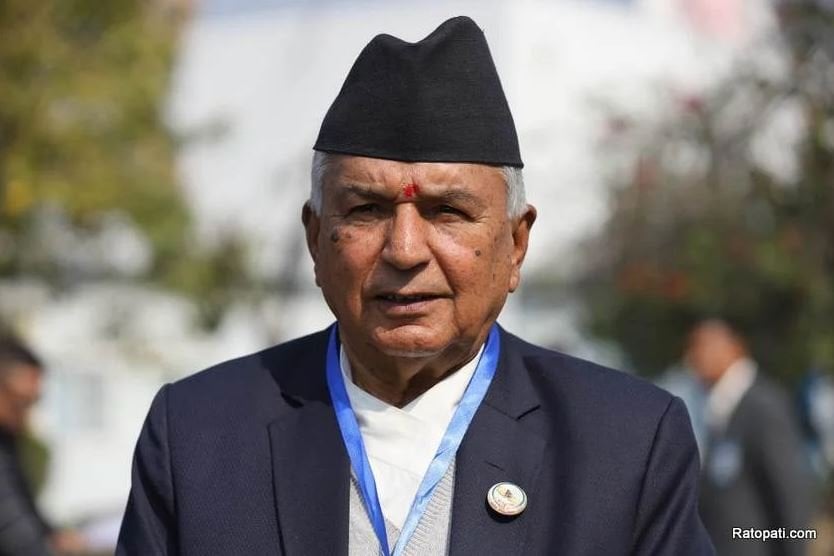
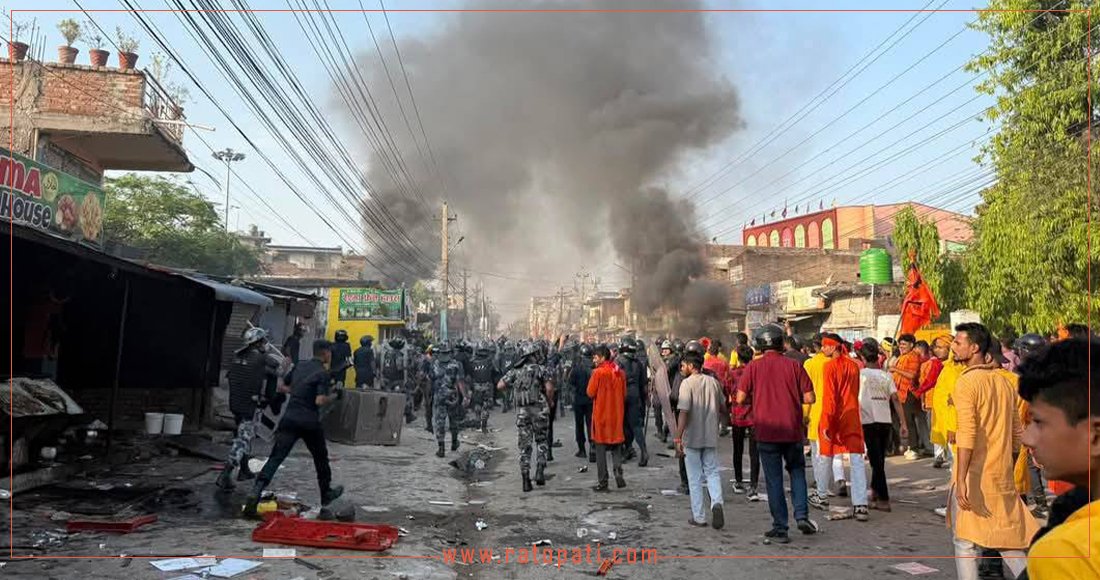


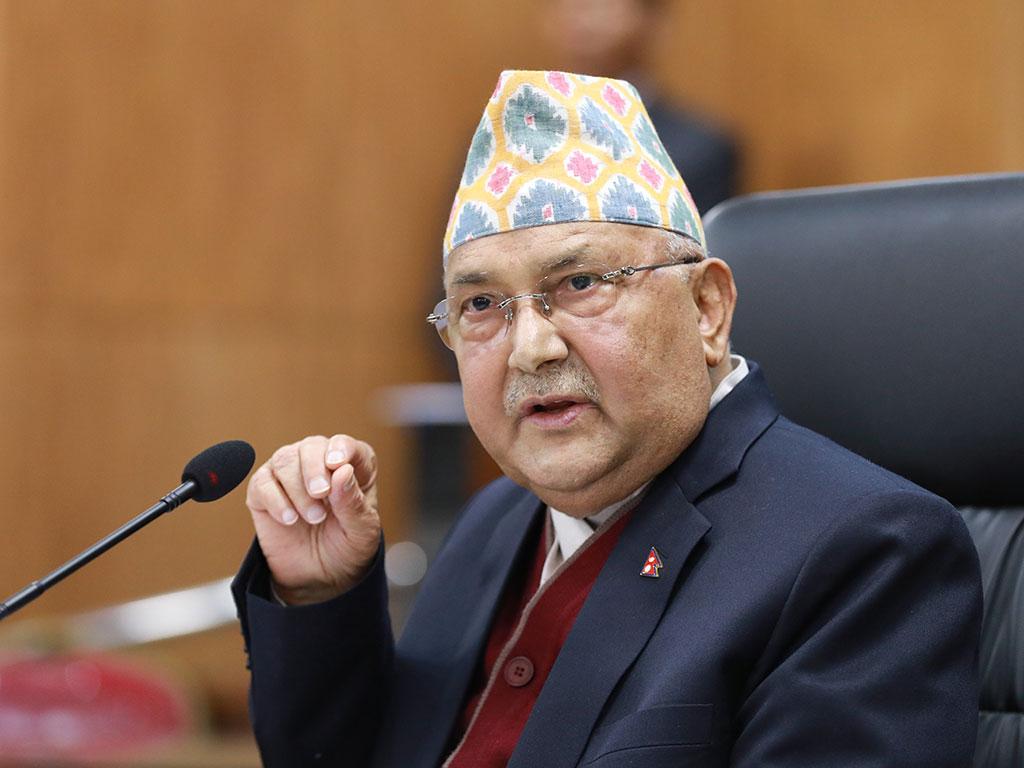
Leave Comment